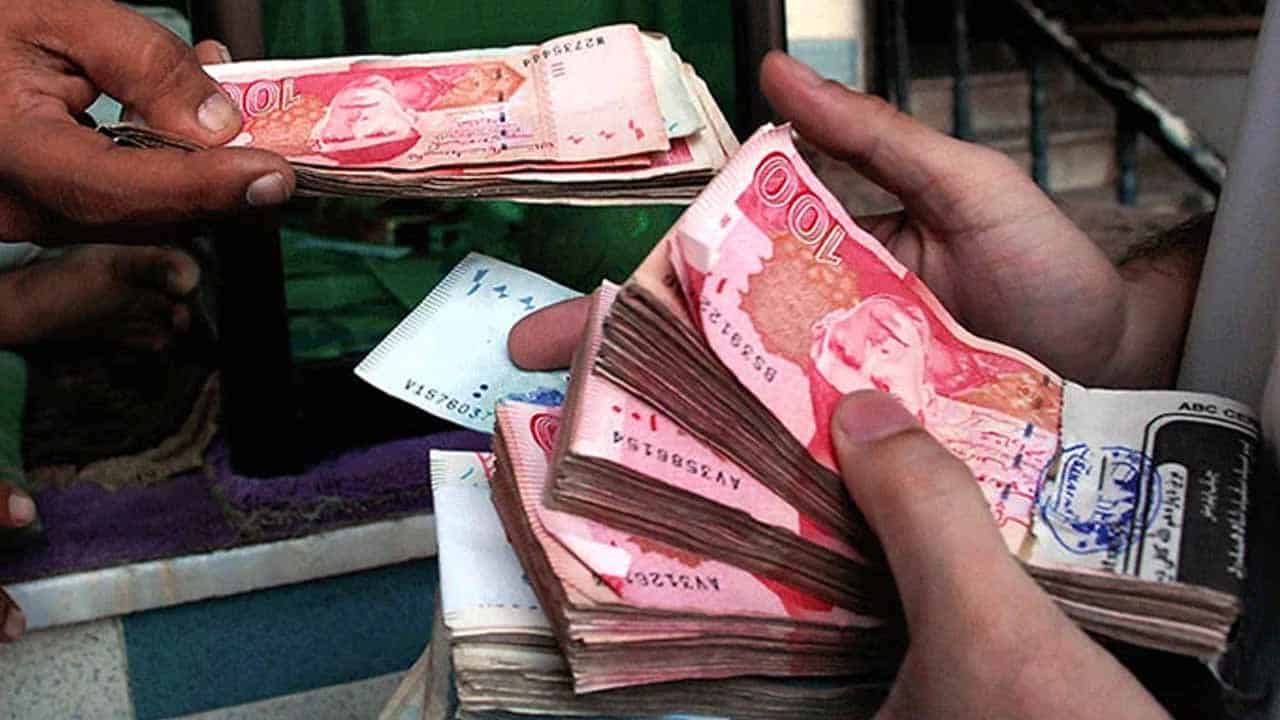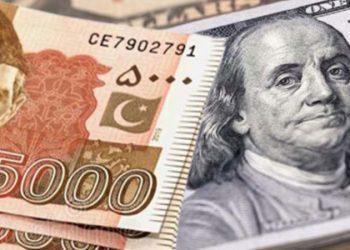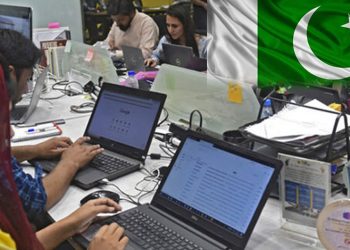According to information provided by the Exchange Companies Association of Pakistan, the rupee continued to fall sharply on Friday, trading at Rs266.6 per dollar at 10:32 am, down Rs11.17 or 4.58 percent from yesterday’s close.
Yesterday saw the biggest single-day loss in both absolute and percentage terms since the current exchange rate system were adopted in 1999, with the local currency’s value falling from Rs24.54 to a record low of Rs255.43 in the interbank market.
At the same time, the PKR was being traded on the open market for Rs265 per dollar. In comparison to yesterday’s pricing of Rs262, this represents a devaluation of Rs3 or 1.15 percent.
Ecap General Secretary Zafar Paracha said that while the central bank had assured that exchange companies would be supplied dollars, they were yet to receive them.
The rupee’s devaluation might be stopped if supply was established and the “complicated” government policies were changed, he noted.
“Because importers are unable to purchase from ECs, the government’s requirement that they arrange their own dollars is equivalent to telling them to purchase unlawfully through the grey market.
“We are ready to share the government’s burden if they correct their policies and do not become facilitators and promoters of the grey market,” Paracha said.
In order to restart the stalled International Monetary Fund (IMF) loan program, the government lifted an unofficial cap on the USD-PKR exchange rate, which led to a sharp devaluation.
It happened the day after exchange companies declared that they would be removing their own rate cap on the open market. As anticipated, the action increased the dollar’s open market value to Rs252.5, but the State Bank of Pakistan (SBP) intervened to lower it to Rs243.
The action on Thursday shocked the currency market and caused a great deal of volatility. As currency dealers monitored the movement of the dollar carefully, trading in the interbank market remained light.
It was called a “much-awaited modification” by analysts, who claimed it would increase export earnings and inward remittances through authorised banking channels.
The rate differential between the interbank and open markets, which had grown to Rs15 in recent months, was nearly eliminated as a result of the price cap removal.
Foreign exchange reserves for the nation were at a critical low of $3.678 billion in the week ending January 20. Even three weeks’ worth of imports cannot be paid for with this amount.
The nation must finish the ninth review of a $7 billion IMF program in order to get the $1.2 billion tranche due from the international lender as well as the infusion of funds from allies and other multilateral lenders. One of the key conditions set forth by the IMF for the conclusion of the assessment was adherence to a market-based currency rate.






